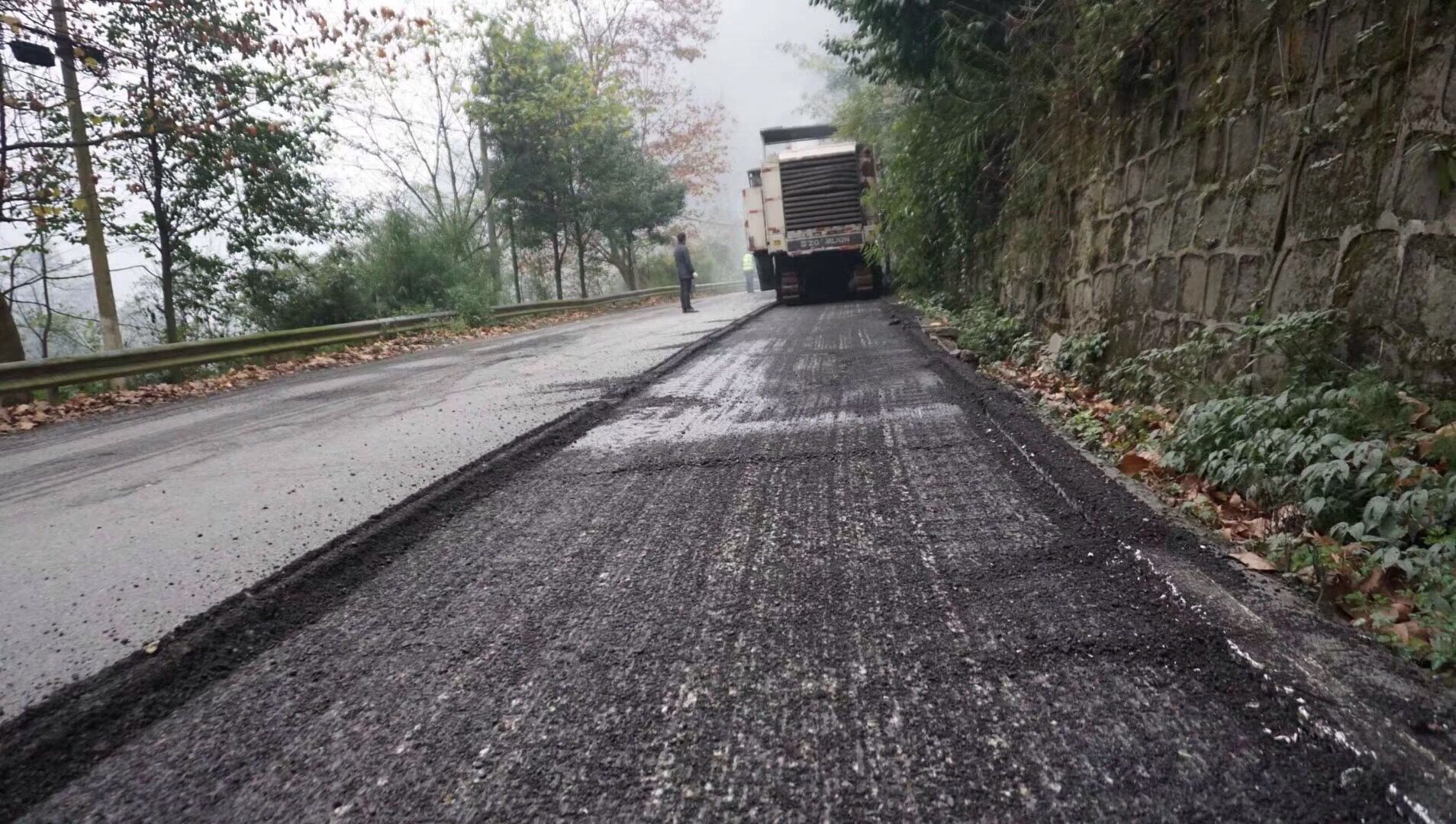More About A1 Professional Asphalt & Sealing Llc
More About A1 Professional Asphalt & Sealing Llc
Blog Article
The Ultimate Guide To A1 Professional Asphalt & Sealing Llc
Table of ContentsAll About A1 Professional Asphalt & Sealing LlcThe 6-Second Trick For A1 Professional Asphalt & Sealing LlcA1 Professional Asphalt & Sealing Llc Fundamentals ExplainedFascination About A1 Professional Asphalt & Sealing LlcA1 Professional Asphalt & Sealing Llc - Truths

The oil in an automobile engine is not just oil. It has a range of additives to enhance the automobile's efficiency. These consist of polymers, viscosity modifiers, heat stabilizers, added lubricants, and use ingredients. The REOB consists of all the additives that were in the waste oil as well as the wear metals from the engine (mainly iron and copper).
Nonetheless, by making numerous blends making use of various REOB samples and different asphalt binders, the variations mostly can be balanced out. Several States supplied samples of well-known REOB make-up to TFHRC researchers, who evaluated the samples to compare the percentage of added (understood) REOB to the located (tested) amount. The evaluations revealed a comparable percentage of added and discovered REOB.
See This Report on A1 Professional Asphalt & Sealing Llc
None of those States understood that the asphalt they were acquiring had REOB. One State urged its samples had no REOB - https://www.ted.com/profiles/46704080.
Of the 1,532 samples tested, 12 percent contained REOB, and some contained substantially high degrees of it at 1020 percent. The highest degree was 34 percent in a sample from Texas, which TxDOT had actually made use of in a patching compound. This testing also disclosed the visibility of phosphoric acid in 11 percent of the examples, and 2 percent included ground tire rubber.
Two years ago at TRB's annual meeting, the Federal scientists held an REOB workshop and provided the findings of their lab analyses to a standing room-only crowd. Some agencies do not especially prohibit REOB, they do enforce physical tests that avert its useeffectively a ban. Others do not outlaw it by specification, however have arrangements with asphalt distributors to prevent the use of REOB
Little Known Questions About A1 Professional Asphalt & Sealing Llc.
A handful do allow REOB, some within particular limitations. Ohio and Texas limit levels to less than 5 percent of the asphalt. To establish a trusted test method that all States can make use of, the TFHRC researchers established a round-robin test strategy. The individuals are 11 State freeway agencies (Illinois, Massachusetts, Minnesota, Mississippi, Montana, North Carolina, Oklahoma, South Carolina, Texas, Vermont, and Wyoming), 2 independent testing labs, the Ministry of Transportation in Ontario, Queen's College in Ontario, and an Ontario paving specialist.
In overall, the scientists prepared and delivered 720 blends. The individuals are examining the examples individually making use of the standards supplied by the TFHRC scientists. The round-robin testing is nearly completed, and TFHRC remains in the procedure of collecting the results. The output will certainly be a recommended AASHTO examination technique that any type of State can adopt and use (diagonal parking vs straight parking).
The sidewalk with REOB, which is located 0.6 mile (1 kilometer) from the pavement without REOB, has identical subgrade, website traffic thickness, and environment. The sector of Highway655 with 5 to 10 percent why not find out more REOB showed considerable fracturing. In this example, the presence of REOB was the recognized source of splitting at a low temperature levels.
"In our experience in Canada, also small amounts of 23 percent can be a problem." An area of examination pavement in Minnesota (MN1-4) located to include REOB likewise cracked too soon. The pavement done well for the initial 3 to 4 years, yet then started to fracture. This sidewalk is additionally subject to reduced temperatures.
The 6-Second Trick For A1 Professional Asphalt & Sealing Llc
The examinations were not considerable, yet they revealed that at degrees of 6 percent or even more, the tensile toughness of the asphalt dropped dramatically. At a degree of 3.5 percent REOB, the variant in the physical examination approaches was higher than the impact of REOB. As a matter of fact, it was tough for researchers to evaluate whether REOB existed.

One binder parameter considered is the distinction between the low temperature crucial requirements temperature level for rigidity (S) in the flexing light beam rheometer and the bending beam of light rheometer creep slope (m-value) noted as Tcritical. TC = TC (S) TC (m-value). Evaluation of this specification is still ongoing. Two independent research study groups, one from AASHTO and the other from the Asphalt Institute, concluded that even more study is needed on using REOB in asphalt.
Previously, all asphalt testing gauged design residential properties such as tightness. These tests do not reveal what products had actually been contributed to the asphalt. One example obtained during the TFHRC research had an extremely strange evaluation. The sample had the adhering to test outcomes: Superpave PG 64-28 with a heat quality of 67.3 Tcritical on the bending beam of light rheometer was 6.7 levels Celsius.

The smart Trick of A1 Professional Asphalt & Sealing Llc That Nobody is Discussing
These results show there are weak points in the standard design testing procedures that may be made use of. The manufacturer might have a financial advantage and the product passes all the standardized examinations, however the product might not be useful to making sure lasting performance. To address this issue and the growth of new asphalt ingredients and extenders, TFHRC is starting a study program to make use of portable spectroscopic devices, x-ray fluorescence spectroscopy, and Fourier change infrared spectroscopy to make it possible for evaluations to be carried out in the field instead of needing to take samples back to the lab.
Report this page